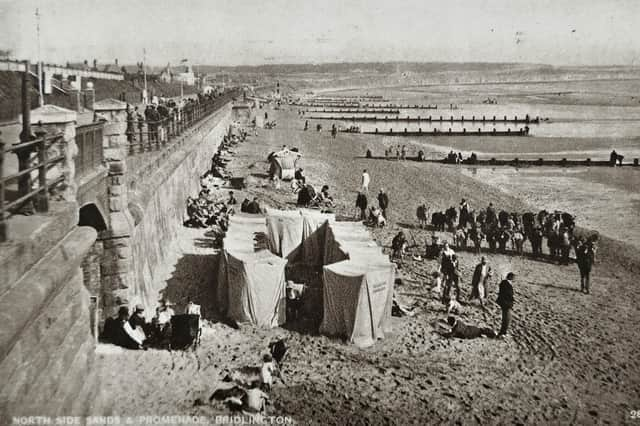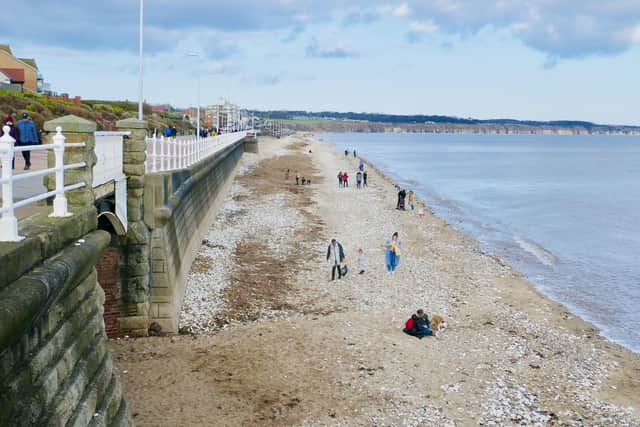The ‘Now and Then’ column with Aled Jones: Focusing at Trinity Cut and the Donkey Bridge


Mr Jones looks at the Trinity Cut area around the ‘Donkey Bridge’ where the popular animals came down to the beach before offering rides for visiting youngsters.
Mr Jones said: “Few Bridlington landmarks have provided such benefit to the community than Trinity Cut, the cobble-stoned landing located on the North Side. Which was regularly used as the slipway for the town’s lifeboat more than a century ago.
Advertisement
Hide AdAdvertisement
Hide Ad“This week’s vintage postcard shows the entrance to the Cut, taken from the seafront area above.


“It’s postmarked August 8, 1912, and was sent from 80 Promenade, a former lodging house, to an address in Oldham, Lancashire.
“Originally, the area was called Sand’s Cut and was something of a Lover’s Leap, popular with courting couples.
“It’s portrayed in early Victorian steel engravings, spanned by a wooden bridge that the world would eventually know as the Donkey Bridge.
Advertisement
Hide AdAdvertisement
Hide Ad“Constructed in sturdy cast iron, in 1888, the bridge was so-named from the beach donkeys that were led below it to the foreshore in the summer.
“A quick glance at the postcard reveals at least twenty donkeys lined up waiting for their next riders, note as well the bathing tents to the side.
“Geologically – the cut is a natural depression that made it ideal for lifeboat launches; helping to save lives throughout the 19th century right up until the reign of Edward VII, when the new lifeboat station opened on South Marine Drive.
“From 1865, Bridlington’s RNLI lifeboat house was situated at the junction of Railway
Advertisement
Hide AdAdvertisement
Hide Ad“In the event of an emergency in the north Bay, the lifeboat would be pulled by horses up Promenade to Trinity Cut for a speedy launch. During the Great Gale of 1871, the little lifeboat Harbinger was famously launched from Trinity Cut to save seamen’s lives. The extraordinary bravery of its crew, two of whom died in the rescue operation, is commemorated annually to this day.
“In 1898, tragedy struck again when a severe force 9 to a hurricane gale threatened the safety of several vessels at anchor in the north Bay, resulting in the immediate launch of the RNLI lifeboat William John and Frances and the smaller Seagull lifeboat. Whilst neither boats were launched from Trinity Cut both were eventually washed up there, but in such a poor state they were unfit for future service.
“One of the onshore crew trying to rescue the Seagull, 56-year-old Christopher (Kit) Brown, lost his life when a huge wave swept him into the boiling surf.
“He will forever be remembered for the sacrifice he made to save lives.”